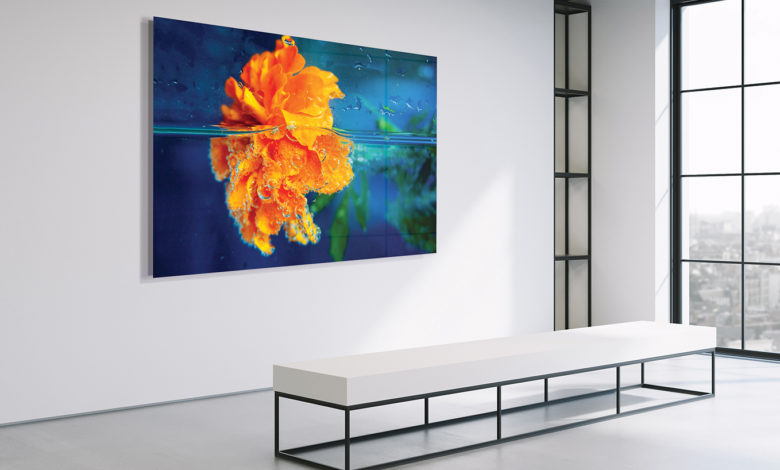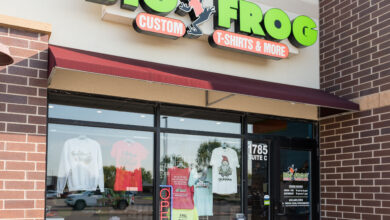Want to know how to achieve beautiful results with hard surface sublimation media? Here are some tips for printing success!
- Always start with a high-resolution image. 300 DPI is the best size for the best quality, to avoid pixelated images in your final print. However, you can reproduce images at 150 DPI with quality results. Refer to the handy size guide below for good and best quality size ranges.
- Use RGB color mode for all images, including black and white photos.
- Make sure you have the correct ICC profile for the substrate you’re using. ICC color profiles convert RGB colors from your monitor into CMYK colors that your printer uses.
- You can also purchase RIP software that considers your inks, paper, printer, and substrate for optimal color reproduction from the original image. With RIP software, you can create your own ICC profiles.
- Add a small bleed around your image to help line it up with the substrate on your printed transfer before sublimation. The bleed should be enough to accommodate substrate expansion in the heat press and can be between 0.01″ and 0.03″ (3-8mm) wide, depending on the size of your substrate.
- Print images in JPEG, EPS, and PDF formats (without compression). For very large media, TIFF images with LZW compression are preferred.
- For rigid substrates, use lower weight paper (100gsm or less) with minimal surface texture. Use higher-weight paper (120-150gsm) for larger format substrates as it is easier to handle and less likely to tear. Avoid tacky paper used for fabric sublimation, as it does not work well with most rigid substrates. Look for papers labeled “multi-purpose,” as they function well for most any sublimatable substrate.
- Ensure that your heat press delivers even pressure and consistent heat. Depending upon the size, hard substrates may require longer press times and lower temperatures for optimum output.
| Media size – inches | Media size – mm | Good quality (150 DPI) resolution in pixels | Best quality (300 DPI) resolution in pixels |
| 16″ X 20″ | 406 X 508mm | 2400 X 3000 | 4800 X 6000 |
| 20″ X 30″ | 508 X 762mm | 3000 X 4500 | 6000 xX 9000 |
| 30″ X 40″ | 762 X 1016mm | 4500 X 6000 | 9000 X 12000 |
| 40″ X 60″ | 1016 X 1524mm | 6000 X 9000 | 12000 X 18000 |
| 48″ X 96″ Full sheet | 1220 X 2440mm | 7200 X 14400 | 14400 X 28800 |
Good quality: You will see no noticeable pixel grain unless you look at the image from a short distance.
Best quality: The human eye should not see any noticeable pixel grain, even from short viewing distances.
Still have questions? Ask your distributor for assistance.




